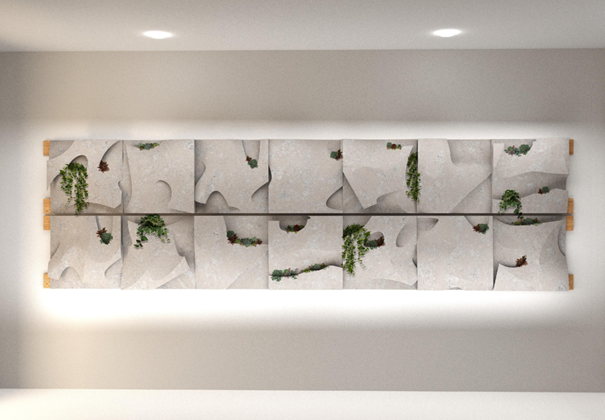
The iterative process of professionals providing expertise to the design students, using a file-to-factory approach and continual feedback, proved an effective way of learning and producing fast and high-quality prototypes at the School of Architecture, Sweden.
Collaboration between architects and acousticians, and between designers and other specialists
In line with our continued effort to raise awareness of acoustics in ordinary rooms, Ecophon has been supporting the course “Creative tools” in the school of Architecture at the Lund Technical University (LTH) in Sweden during 2021-22. The method explored in this course could be a way to further strengthen the interaction between architects and designers on one side, and acousticians and other specialists on the other.
Ecophon in collaboration with the Technical University, LTH, provided a platform to an international mix of students, to design, assess and validate sound diffusor concepts. This was through lectures, workshops, guidance and lab measurements for 4th and 5th-year students taking this course.
The course aimed to combine sufficient enough acoustics with pleasing and functioning aesthetics. And determine whether the parametric design and rapid prototyping methods could be applied to the design of acoustic panels.
The setup at the School of Architecture
An acoustic lecture was organised for the participating students; “Sound and architecture” covering the physics of sound, the sound environment effect on people, and digital acoustics. A complimentary workshop addressed the practical aspects of the work to come.
Parametric Design Tools
The students explored a so-called File-2-Factory approach, modelling and experimenting with parametric design tools well suited for 3D geometries (Rhino/Grasshopper).
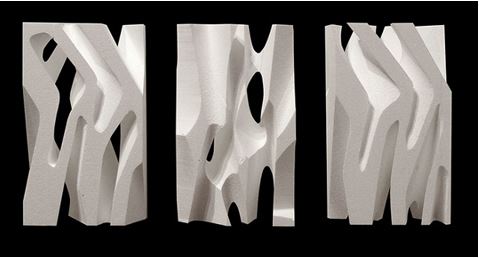 Using rapid prototyping methods, such as modelling in Rhinoceros3D paired with robotic hot wire cutting, the students will be able to produce geometries to control sound within an enclosed environment.
Using rapid prototyping methods, such as modelling in Rhinoceros3D paired with robotic hot wire cutting, the students will be able to produce geometries to control sound within an enclosed environment.
Analysis software
They evaluated their design in room-acoustic simulation and analysis software (Pachyderm). The diffusive panels were manufactured at the robotic lab in LTH through iterations under which the designs improved. Finally, the diffusive panels were tested in Ecophon Laboratories in Hyllinge, Sweden.
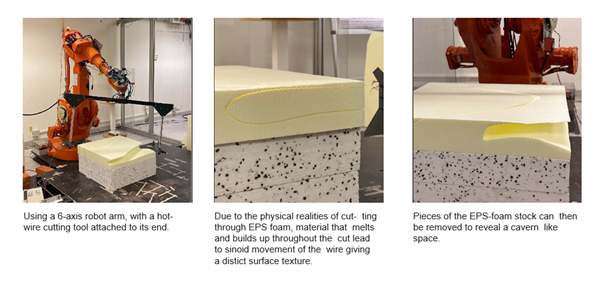
Presented at Euronoise
Some of the work from this course at the School of Architecture resulted in a paper at Euronoise in 2021: Rapid Prototyping in Acoustics: Designing Sound Diffusive Panels with Rhino and Grasshopper for Robotic Fabrication [1].
The acoustic performance was simulated using Pachyderm in an 8 x 6 m room, 3 m high with plywood walls and floor, with a fully sound-absorbing ceiling. Absorption and scattering coefficients were set through Pachyderm.
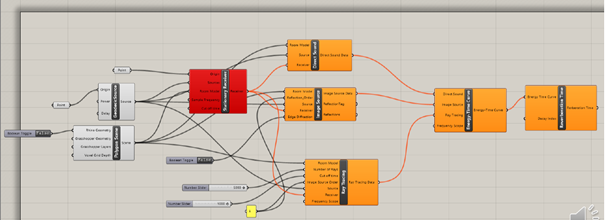
Acoustics simulations followed showing reverberation time with and without panels in the room.
Some panels were tested in the Reverberant Room at Ecophon for both reverberation time (T20) and speech clarity (C50). This was done in two different set-ups, with the pattern either being horizontal or vertical.
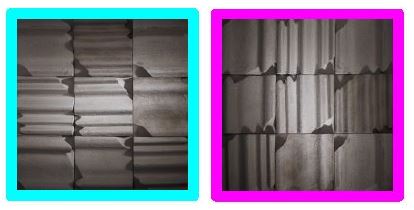
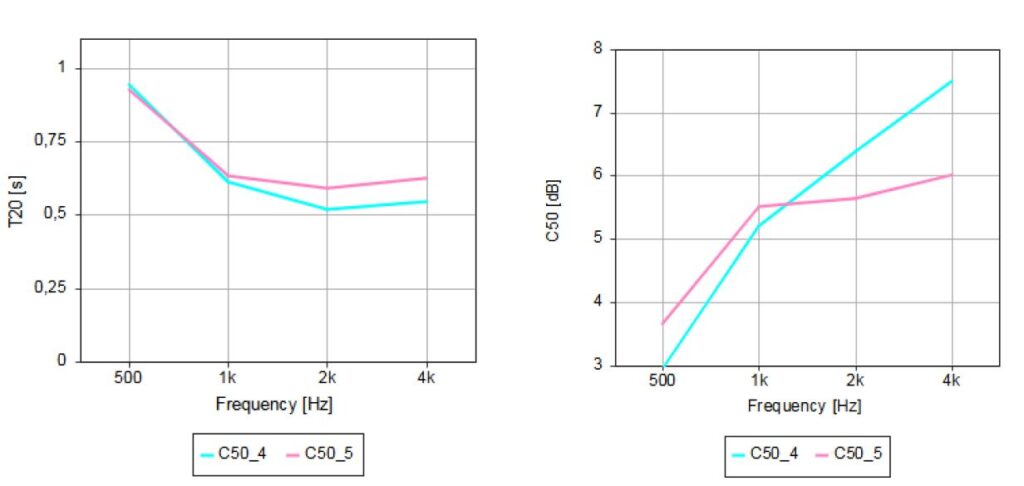
Followed by testing in a semi-anechoic Chamber for the directional effects of the diffusers.
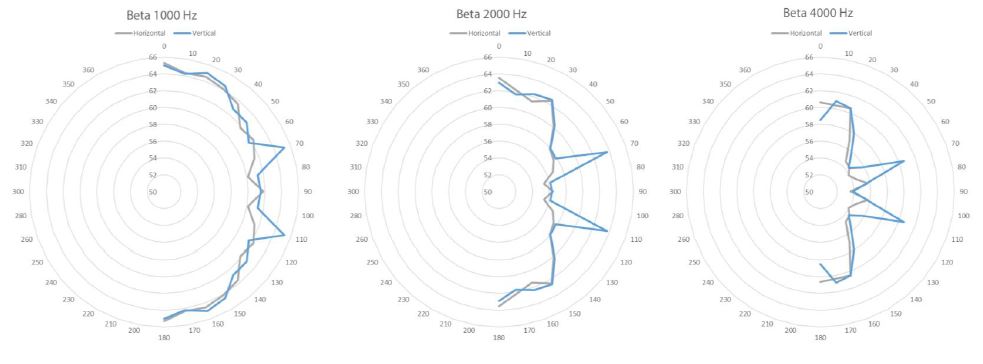
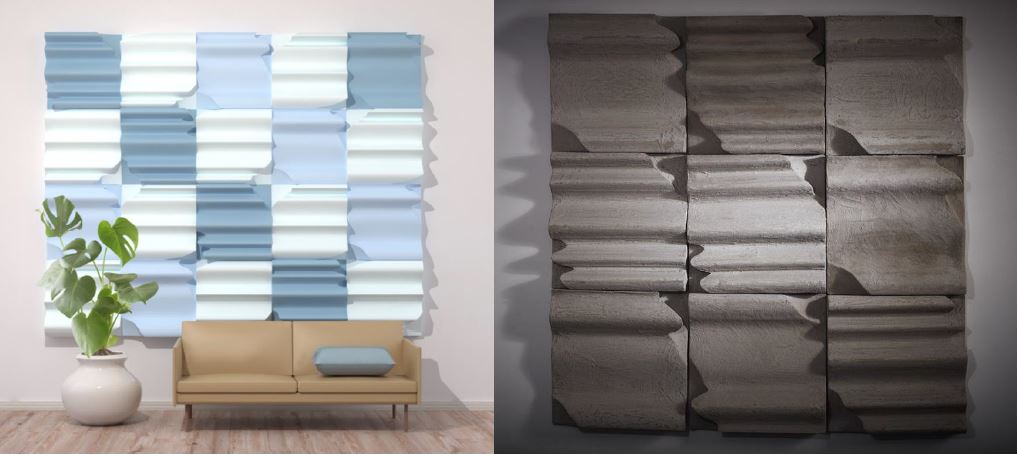
Benefits of Collaboration
Collaborating with, and strengthening, both the practical knowledge and the theory of sound and acoustics for future architects is valuable. The students expressed how their knowledge of acoustics and abilities within different software enhanced.
As well as learning how to incorporate the feedback of experts into their designs. The continuous dialogue and feedback lead to a higher quality design experience. That may not have been if feedback would have been provided only at the end of the course.
“… it was proven that this dialogue between architects and acousticians, along with a file-to-factory method of design and production can lead to a great number of well-performing diffusive panel designs in a short amount of time, with designs catered for specific spaces” (page 11, ref [1]).
Yes, acoustics is an essential part of architecture. The quality of acoustic performance within buildings can improve well-being and productivity. It has a profound impact on people’s everyday life.
We are very grateful to have the opportunity to collaborate with universities and wish to give special thanks to Lund Technical University in particular course coordinator and lecturer Gediminas Kirdeikis and architect and lecturer Elin Daun, and all students involved in these courses over the past years.
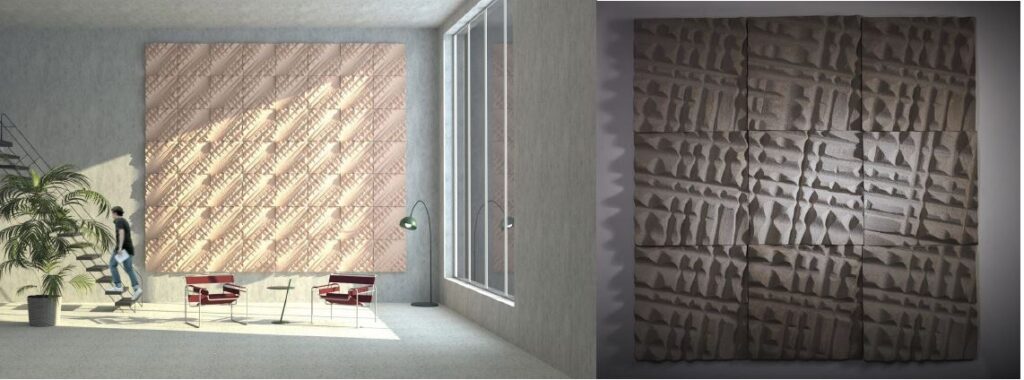
Reference:
- Chatzikonstantinou, A., Östvall, K., Gause, C., Chigot, P., Nilsson, E. (2021). Rapid Prototyping in Acoustics: Designing Sound Diffusive Panels with Rhino and Grasshopper for Robotic Fabrication. Euronoise 2021 conference proceedings.

